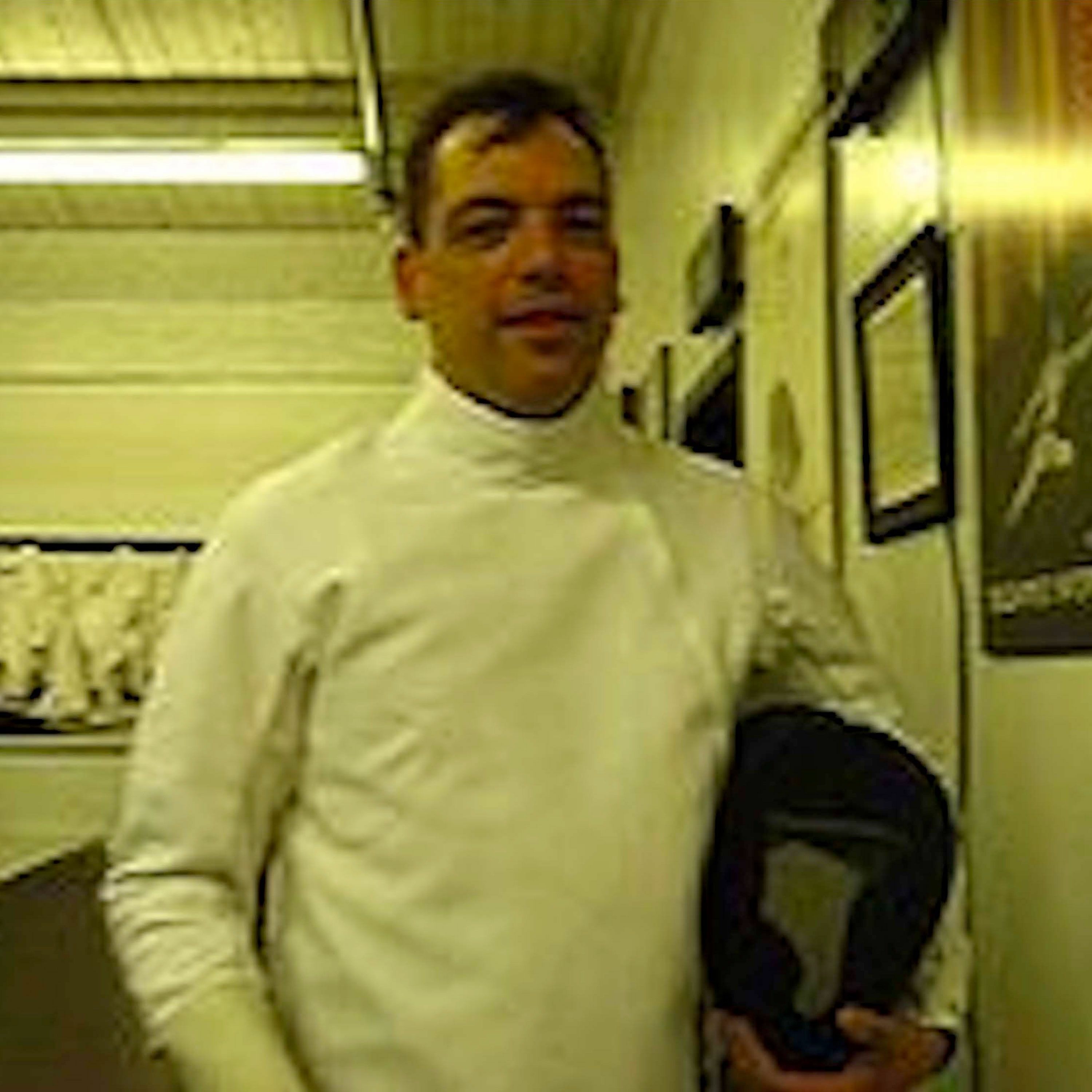Francisco Ricardo, "The Aesthetics of Projective Spatiality: New Media as Critical Objects"

b'One theme in the contemporary use of space involves the shift from production modeled around a physical, centralized \\u201clocus\\u201d to new virtual, extended and multi-axial modes of \\u201cprojective\\u201d organization. We see this in new sculpture, new architecture, and, in electronic art, an expressive embrace of geographic dispersal. Although new materials, methods, and media have been central to modernist optimism, many of their resulting physical and actual constructions have been dismissed, discredited, misunderstood, or attacked. Using physical and virtual examples, Ricardo examines the strange tension between unanimous acceptance of new media and materials and the frequent rejection of new forms and structures they have made possible.\\n\\nFrancisco Ricardo is media and contemporary art theorist. A Research Associate at the University Professors Program and co-director of the Digital Video Research Archive at Boston University, he also teaches digital media theory at the Rhode Island School of Design. His research examines historical, conceptual, and computational intersections between contemporary art and architecture, on one hand,and new media art and literature, on the other. Recent publications include Cyberculture and New Media (Rodopi, 2009) and Literary Art in Digital Performance (Continuum, 2009).'